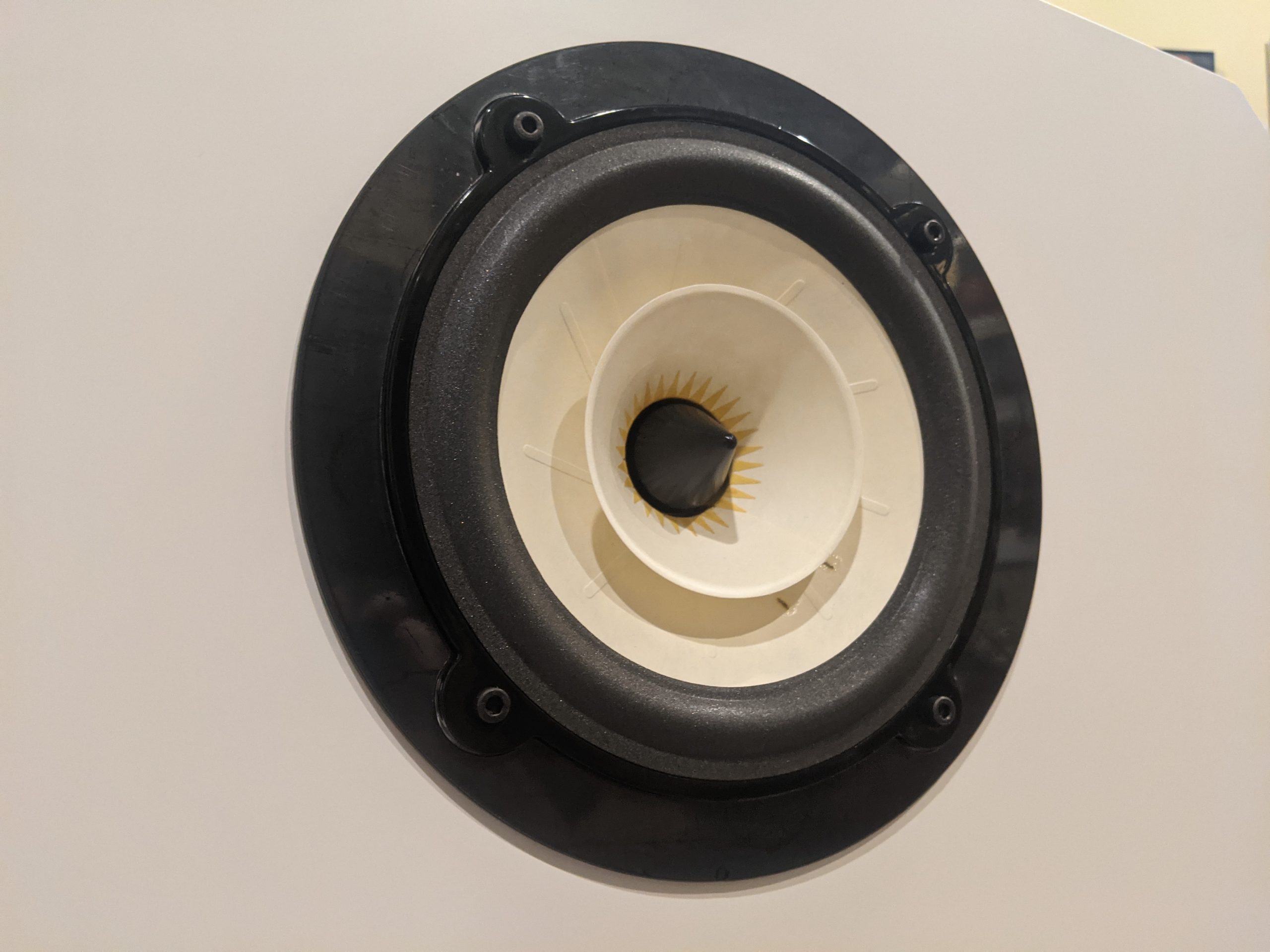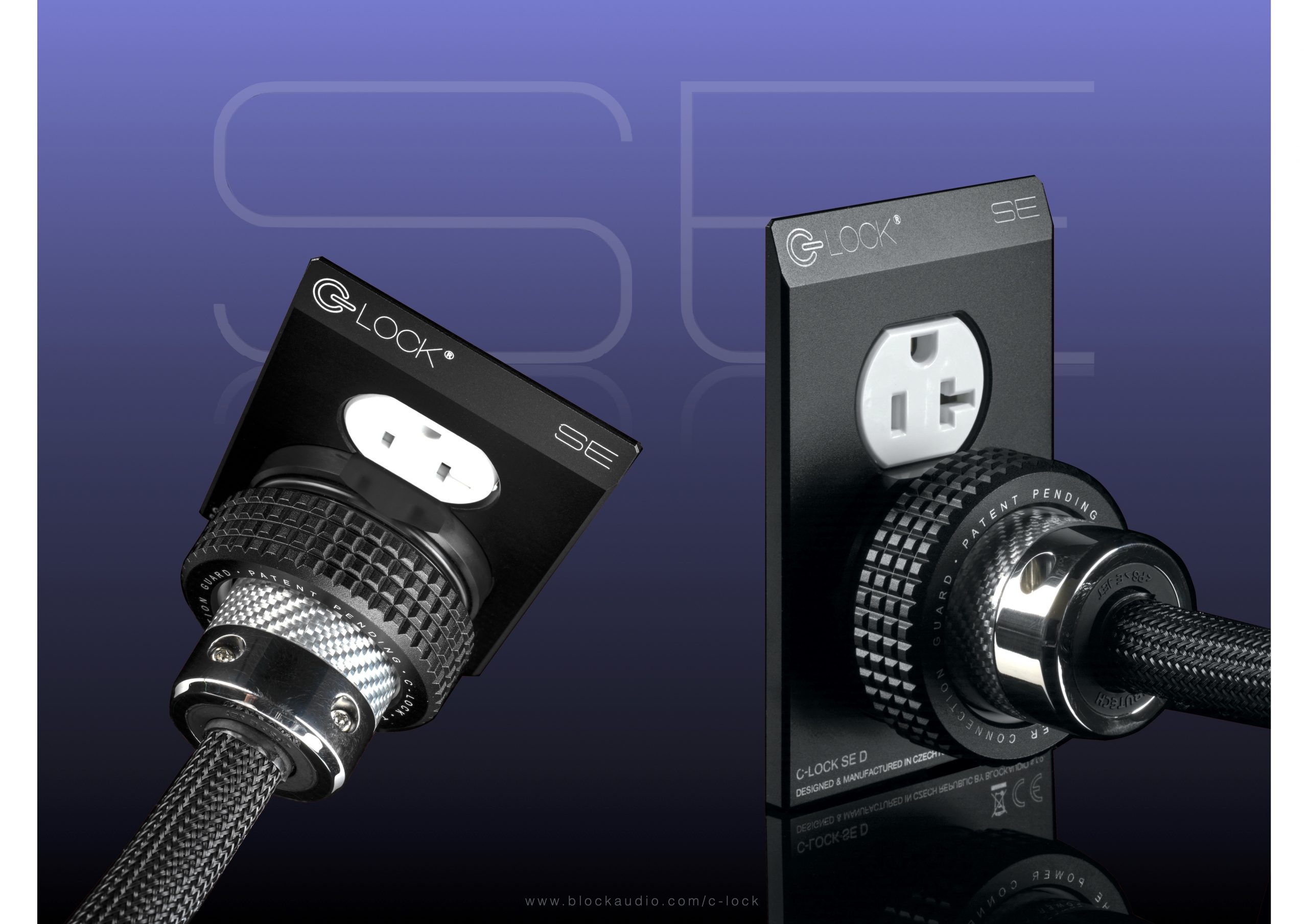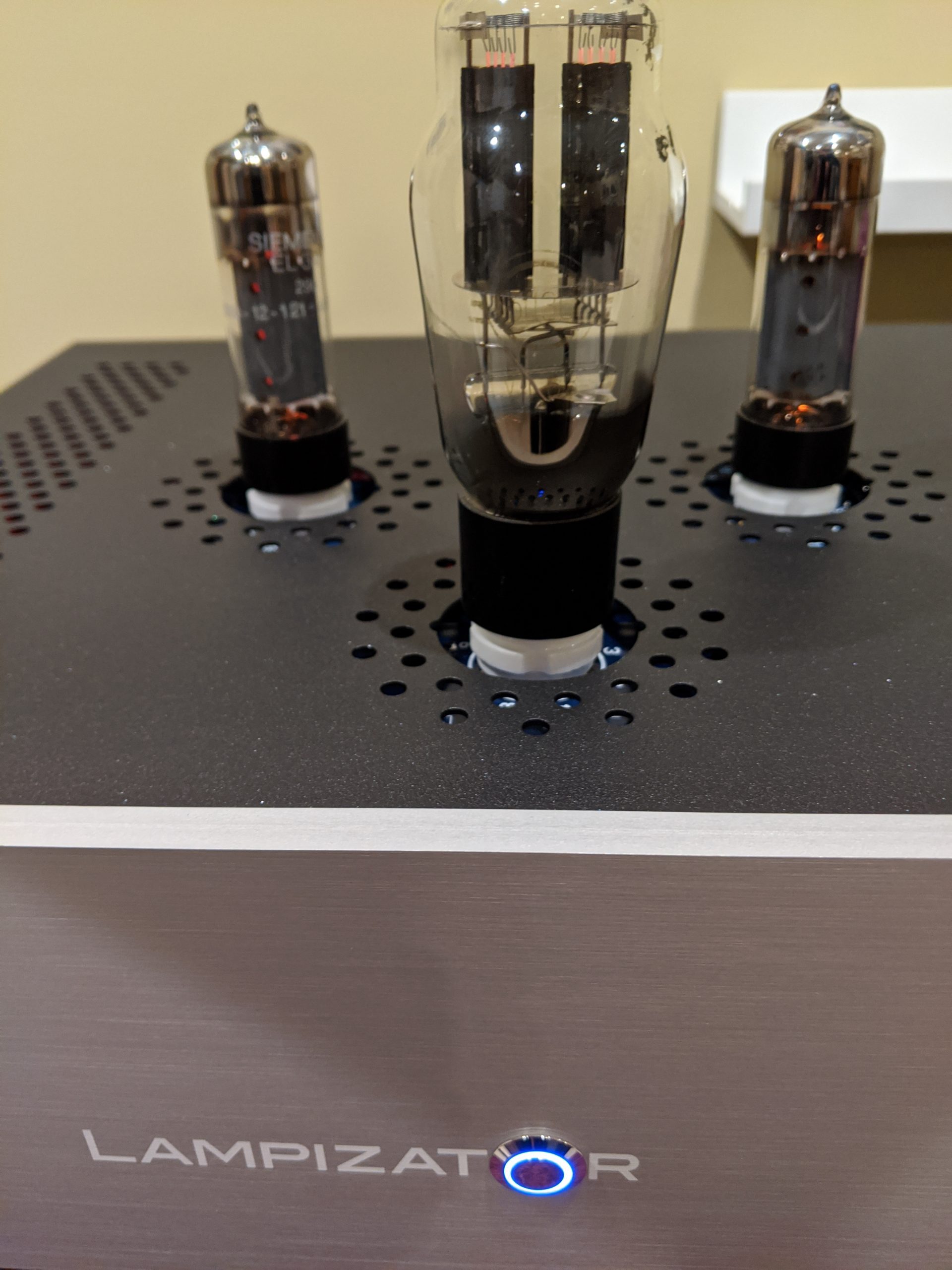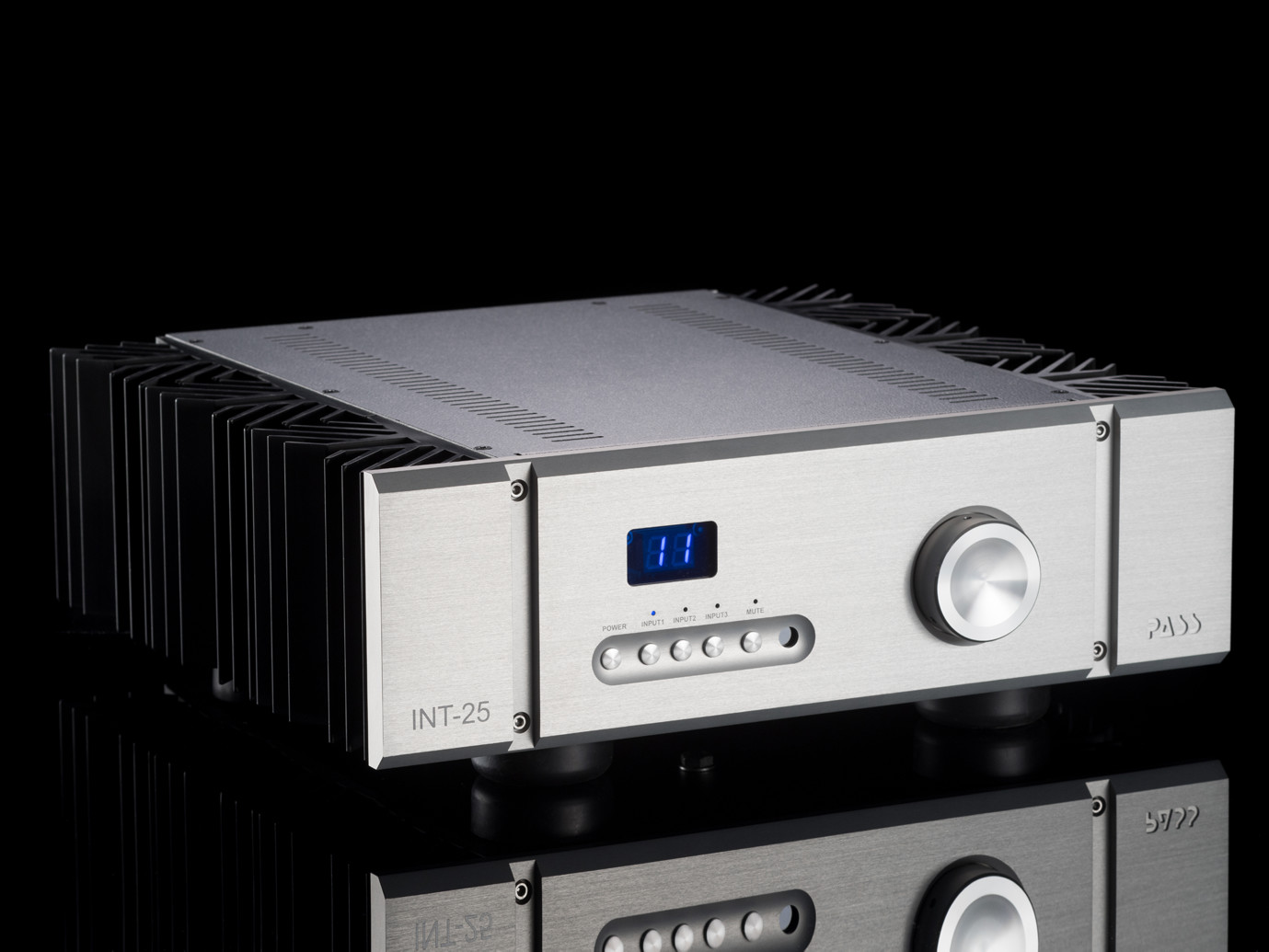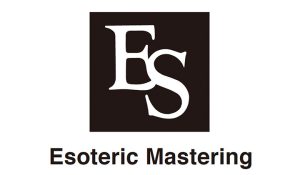
Eight years ago or so, I purchased a pair of David Slagle's Intact Audio "Basic" $200 autoformers. They lay unloved in a drawer for five years before I put them in a little wooden box and hooked them up to my system. (HERE) Once I did, I couldn't believe how fantastic they sounded. While I love tubes, there is something very special about the passive non-sound of Slagle's autoformers.
A few years later, I stumbled upon John Chapman's Bent Audio website and the Tap-X preamp. I really loved the idea of "Slagleformer's" in a nice case with remote control. Unfortunately, I waited until Bent Audio quit selling the TAP-X preamp before I decided I wanted one! Mr. Chapman did revive a TAP-X of sorts in the form of the AVC-1, a "kit" preamp with at least some, if not all, of the same functions. But last year when I contacted Mr. Chapman about the AVC-1, he explained that he was out of chassis' and wasn't certain when or if, there would be more coming. While disappointed, John and I communicated on and off for months and I knew I could purchase the TAP modules and remote components from Bent Audio for a DIY project but I had a craving for the full-meal-preamp deal, so I went on a mission to find a used unit.
For several weeks I tried and failed to purchase used, and was about to give up, when of out of the blue, John Chapman posted a note to the Bent Audio forum at Audio Circle informing all that due to his thriving OEM business, Bent Audio wouldn't be able to maintain its current level of DIY support. (If you pay attention to such things, you might notice John Chapman's fingerprints all over the remote volume controls in some highly regarded commercial preamps.) John also alerted readers that he would be assembling 10 final AVC-1 kits, some of which were already spoken for. For once I didn't dawdle and quickly made a decision: Hell yes, I want one!
Perhaps unbelievably so, it seemed to me I would be stupid not to buy it.
In late January '15, the AVC-1 arrived. I made quick work of the final assembly. Truly, there wasn't much to it, a few in's, out's and ground's to solder up and done. Mr. Chapman had done the heavy lifting with his beautifully designed circuit boards. What little remained took me an hour or two at most and that's just because I have fumble-fingers and CSS (Can't See Shit). The AVC-1's all-aluminum enclosure strikes a nice balance between obviously DIY and high-end overkill, and the guts are so well laid out it seems as if you could stuff a couple more components inside. (Maybe someday I will!) John Chapman would undoubtedly be the first to give Dave Slagle credit for the magnificent magnetics and by proxy, the lion's share of the AVC-1's glorious sound. But John's brilliant design of the TAP modules—autoformer's in full-dress, with brains and short signal paths--is the impeccably sweet electronic chocolate cup to Dave Slagle's smooth and creamy sonic peanut butter filling. Beyond the TAP module itself, the Bent remote control system is a thing of elegant engineering beauty. My little wooden Hobby Lobby box full of Basic Slagleformer's may sound similar, and plausibly every bit as good as the TAP modules; but the nitty-gritties only sing; adding the full control system makes the TAPs dance!
The Bent Audio AVC-1's operation features full remote control of volume & balance, mute, display on/off plus switching of six individual RCA inputs. There is a tape loop, assignable fixed unity gain (HT) pass-through to any one of the inputs, and two RCA outputs. The front of the preamp has a dual LED displaying volume level for each channel, an optically controlled front mounted volume control knob, and push button operation for Display, Tape, Mute and Input selection. In this final (?) iteration of the AVC-1, John has added a DIN connector to the rear for a future Bluetooth receiver. While not quite finished yet, there's gonna be an "App for that" too! The accompanying 13 button remote handset is one of the best I've used; hefty, fits the hand well, and is intuitive enough to operate in complete darkness. Regarding the dark, I love the option to turn off the display and let 'er go black; as soon as a command is pressed, the display lights up for a few seconds to confirm the change in state, and then goes to sleep so not to add any residual clock noise to the signal. The autoformers used in the TAP modules have a bandwidth of somewhere south of 10Hz to over 100kHz with THD so low and channel matching so close, it might as well be zero and equal. The results of this Chapman/Slagle tag-team is a volume control capable of 61 one-decibel steps from -54dB to a +7dB (yes, auto gain mode) and remote logic controlling Pickering relays to facilitate ultra-smooth operation.
I give up very little if—anything—for all the positives that the passive Slagleformers provide in my audio system. I suppose an argument could be made that the stage is a tiny bit smaller and dynamics are a smidge less explosive than with an active preamp, but that is minor tradeoff for the increased resolution and transparency. What were once unintelligible lyrics or delicate strains masked by noise suddenly emerge, adding a beguiling truthfulness to the music. In a curiously contradictive statement, low level listening is the best I've heard; for whatever the reason—impedance matching or otherwise—the electrical connection between the source and amp through the AVC retains a relative level of resolution, yet heightened dynamic contrast and bass performance; as if the volume was at an "optimal" (louder) listening level. There is no such thing as background music with the AVC-1, only beautiful melodies emerging from the silence, no matter the volume level. As someone who frequently listens at low volume levels, this may be the most prized attribute of the Bent Audio preamp.
I won't lie, having connected my DIY "basic" Slagle's to an active tube stage for days at a time, I have to say there are many things I loved about the results. I even considered adding a switchable passive-to-tube stage selection for the AVC-1 to have the best of both passive and active worlds, but abandoned that idea for one simple reason; the AVC is so well balanced, quiet and musical; the addition of a tube stage is simply not needed (for now).
But what about drawbacks, there must be some, right?
Well, there does need to be enough voltage feeding the AVC-1 to have a useable volume range. My 2v digital source and Wright WPP100C phono stage have plenty of juice to keep the general listening range from steps 10 through the high 30's when driving my Pass XA30.5 and into the high 40's with my SET amp—a good gain structure its seems. However, my DIY F4 cannot be used with the AVC-1 driven by the Sony HAP-Z1ES, as the passive pre cannot provide the voltage swing the F4 clone requires. The AVC-1's staging is as wide and deep as the recording will let it be, ditto big swing dynamics, but in general the images are somewhat smaller, yet more perhaps more precise than my active preamp. Dynamics, while excellently rendered and perhaps more faithful, are sometimes less grandiose, yet never less enjoyable because of it. My tube pre added tonal color, a generally bigger and possibly more fleshed-out sonic picture. But in reality, the two are really just two different ways of hearing the world's music. I enjoy them both, but as of now, the AVC-1, it of extraordinary operation andnon-sound, has unseated the tube preamp as my volume/input control of choice.
Whether tricked out with fully-balanced Silver autoformers, or a more wallet-friendly unbalanced copper version like mine, those of us lucky enough to have traveled the AVC road with Bent Audio now own a classic audio product worthy of connection to any audio system. And while Bent Audio's remote volume control products are available in audio gear produced by others, a new AVC-1 is now unobtainium. All that is left to say is a hearty "Thansk!" to Mr. Chapman and Mr. Slagle. Fire up the system… Time toget Bent!
AVC-1
(Discontinued) Original Retail Price $1650
Bent Audio
Intact Audio




